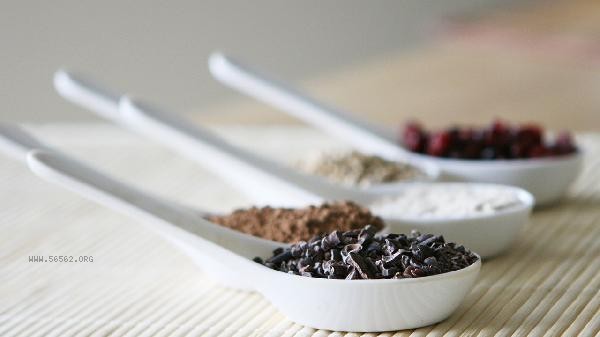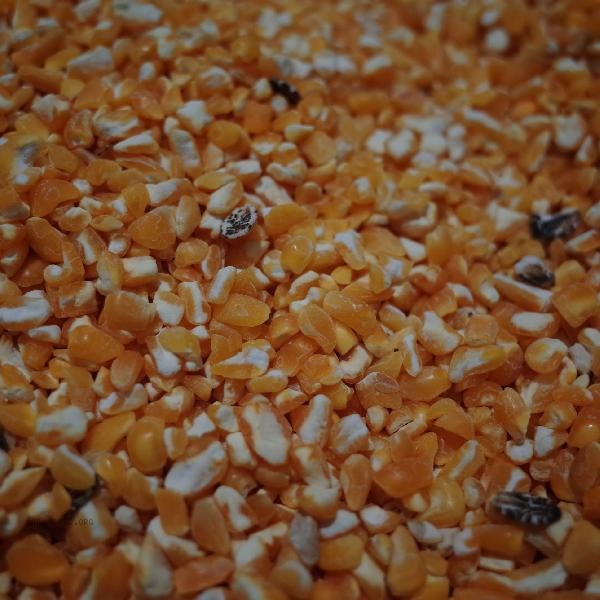The combination of coarse grain rice should pay attention to balanced nutrition and coordinated taste, and it is recommended to combine it with high-quality protein, vegetables, beans and other ingredients. Reasonable combination can enhance satiety, stabilize blood sugar, and supplement dietary fiber.

1. High quality protein
can be paired with eggs, fish, or lean meat to compensate for the lack of lysine in coarse grains. The complementary effect of animal protein and grain protein can improve overall absorption rate. It is recommended to choose steaming or stewing cooking methods. Dairy products such as sugar free yogurt can also be used as a meal supplement, but lactose intolerant individuals should be cautious.
2. Dark vegetables
Dark vegetables such as broccoli and spinach are rich in vitamin K and folate, which can promote iron utilization when eaten with whole grains. It is recommended to use quick stir frying or cold mixing to retain nutrients, and the daily amount of vegetables should account for half of the plate. Carrots and other root vegetables can increase the intake of beta carotene.
3. Mushrooms, Seaweed
Mushrooms, seaweed and other ingredients contain polysaccharides and trace elements, which can enhance the nutritional density of coarse grain rice. Mushrooms require sufficient heating to break down their cell walls in order to increase absorption rates, while seaweed can provide iodine elements that are lacking in terrestrial food.

4. Legumes and nuts
Red beans, chickpeas and other miscellaneous beans can increase plant protein content, and the recommended combination ratio is one-third of the staple food. Crushed nuts such as walnut kernels can supplement unsaturated fatty acids, but daily intake should be controlled within 15 grams to avoid excessive calorie intake.
5. Fermented Foods
Fermented foods such as kimchi and natto contain probiotics, which help break down anti nutritional factors in coarse grains. Choosing low salt fermented products can reduce sodium intake, and when combined with whole grains, it can improve gastrointestinal tolerance, especially suitable for people with weak digestive function.

Coarse grain rice is recommended as a staple lunch, and when pairing, the total carbohydrate content should be controlled to not exceed 50% of the meal size. For first-time users, the proportion of coarse grains can be gradually increased from 30%, combined with sufficient drinking water to help expand dietary fiber. Rotating consumption of different coarse grains can avoid nutrient monotony, such as using oats, quinoa, and brown rice alternately. Soaking for more than 4 hours before cooking can reduce the impact of phytic acid on mineral absorption, and pressure cooker cooking can make coarse grains easier to digest. Special populations such as postoperative gastrointestinal patients should consult a doctor to adjust their intake of coarse grains.








Comments (0)
Leave a Comment
No comments yet
Be the first to share your thoughts!